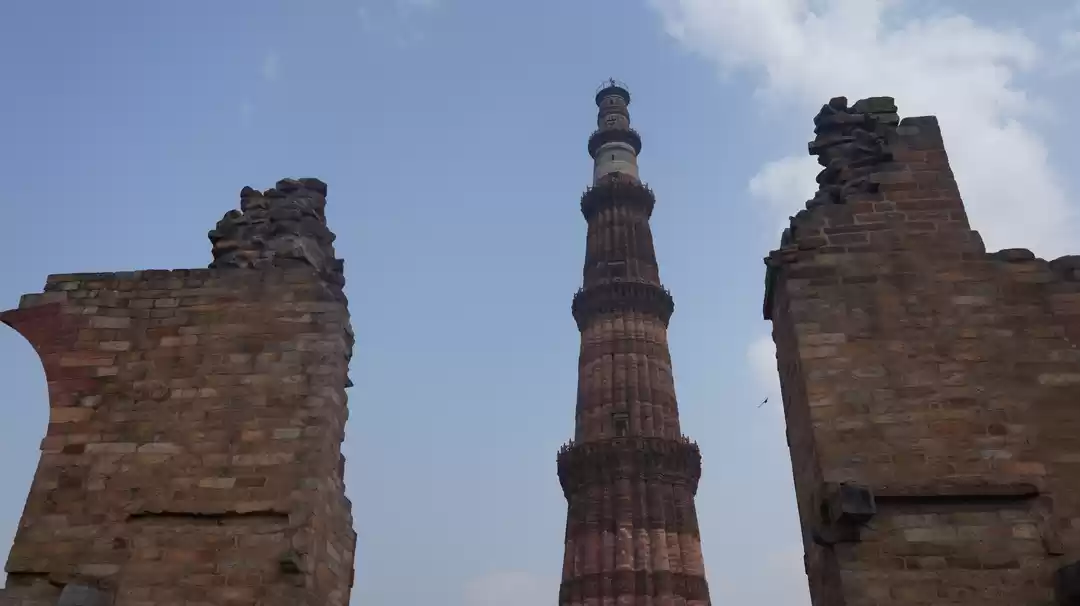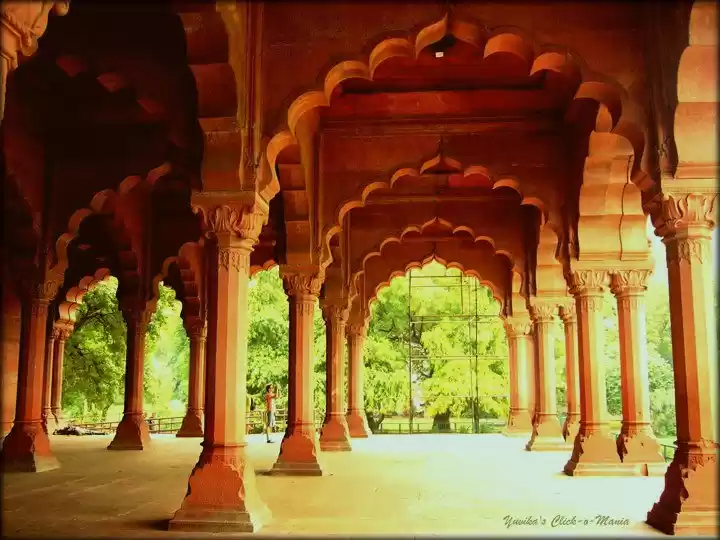The Victory Tower

The brick tower has always been in my bucket list of Delhi tour. I remember seeing it for the first time from the balcony of IIFT College. It was like watching something at the end of horizon with a lush green forest upfront like a maze. Tough I didn’t visit then but made up my mind to shoot this location soon.
For all the readers and people who are planning to do the same, keep 1 full day reserved for this site. Reaching here is super easy and cheap. Just reach Qutub Minar metro station and then an auto rickshaw will give you a ride till the gate for just Rs. 20. Queue may be long so use your phone and book entry tickets online from https://asi.payumoney.com.
It is a superb location for history, archaeology and architectural enthusiasts. The whole compound is full of 12th century marvels. The tower is the centre piece but there is a mosque, tomb and a well as well. The iron pillar and the temple compound is an awesome backdrop for photo shoot.
Built by Qutub-ud-din Aibak in 12th century as a victory tower who later became the Sultan of Delhi. Its total length is 72.5 metres and has 379 steps which make it the longest tower ever build. At the corner of the precinct lies the tomb of Iltutmish.
Quwwat-ul-Islam Mosque
My first site after the minaret was a grand temple hall. The pillars all around the complex in a rectangular design was so mesmerizing that one could mediate there. It is said that the mosque is built from the rubles of 27 Hindu and Jain Temples demolished for this very purpose. It is said to be one of the earliest Mosques built in India.
Tomb of Iltutmish
At one edge of the complex lies the tomb of Iltutmish which was discovered in 1914. The actual remains of the second Sultan of Delhi lies 20 steps below in a vault. Despite being a small burial, the walls are red and the Tomb itself is pure white marble with intricate graphics,designs and calligraphy in Arabic and Persian language is inscribed all over inside the enclosed walls.
Tomb of Imam Zamin
This tomb actually has no relation within the complex with any of the other creations. This is also a late architecture of the time of Humayun in 1600's of a Turkish cleric who goes by the name of Mohammad Ali. This octagonal sandstone structure has a polished white screen of plastered walls and contains fine perforated jails.
This four sided open door structure is a perfect example of Turkish design combined with Islamic architecture. Standing in the middle of this complex will surely make anyone admire the the level of perfection and symmetrical excellence of craftsmanship. With its pointed arches and fringes which are actually lotus buds and Naskh Script on latticed stone screens, Allaudin Khilji built it as the Southern Gate for the Mosque in the complex.






Every time I cross the vicinity via metro, I see the minaret right in the middle of city. To make this site and its sighting more grandeur, one should definitely come here after sunset when the whole tower is lighted. The pathways leading here also twinkles. If you are in Delhi, try to make it here ans see yourself how easily history will stupefy visitors.































